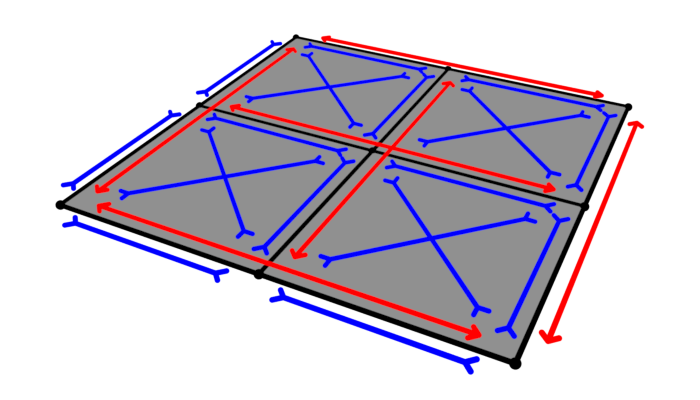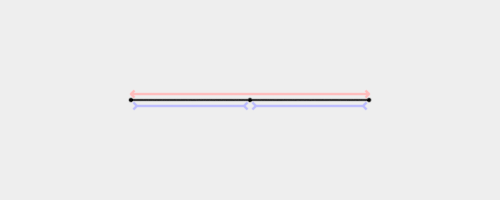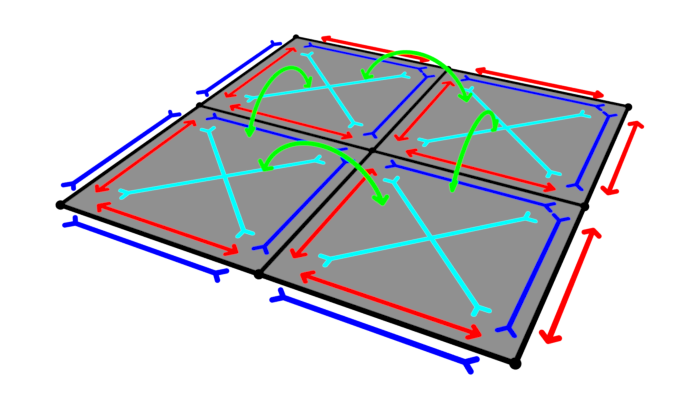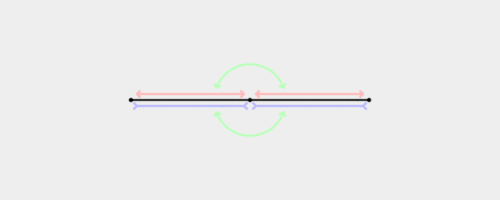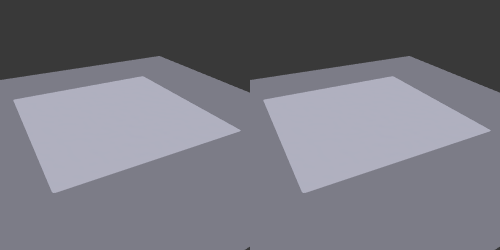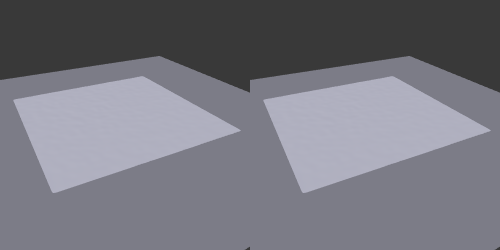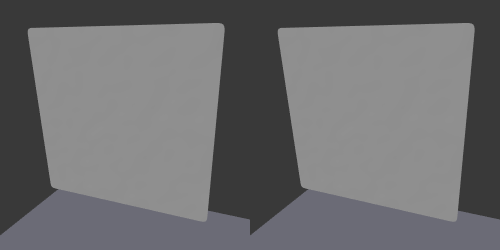利用者:Lucarood/Cloth/Doc
目次
Improvements to the Cloth Simulator
Mass Spring Model
With the old mass-spring model used by Blender, the user could have no independent control over bending and compression, or stretching and shearing. As shown in the image below, the tension and shearing springs were coupled together.
Also, a single linear spring was responsible for both bending and compression resistance, as can be observed in the animation below. Furthermore, the usage of linear springs for resisting bending, deviates significantly from actual cloth behavior, and even allows bends to be flipped to the opposite direction without any resistance.
The new model has componentized springs, and the addition of angular bending springs. Combining these things, the user has complete control over every aspect of the cloth stiffness independently.
Beyond that, the angular springs behave much more realistically, and are signed, meaning that the cloth is aware of the direction of the bend, thus not allowing it to get flipped.
Below are comparisons of various aspects of the cloth model that were improved.
Plasticity
Plasticity is the most significant property of deformable materials that was missing from Blender's cloth simulator. Plasticity is the property in which materials retain deformations after being subjected to stresses, and thus don't return completely to their original shape. In addition to the improved mass-spring model, the inclusion of this property, is the final piece in enabling the simulation of virtually any known deformable sheet material.
External Rest Shape
The "Dynamic Besemesh" feature allows the underlying cloth mesh animation to be used as the new rest shape on each frame, thus enabling effects where the cloth changes shape throughout the simulation. However, an issue arises when this feature is used in combination with pinning. Because the pins also utilize the underlying mesh state to determine vertex locations, one could not have independent control over the pin locations and the dynamic rest shape. Now support has been added for using another mesh (with identical topology) as the rest shape.
The image below demonstrates the described issue, and shows how one can now animate rest shape and pin locations independently.
